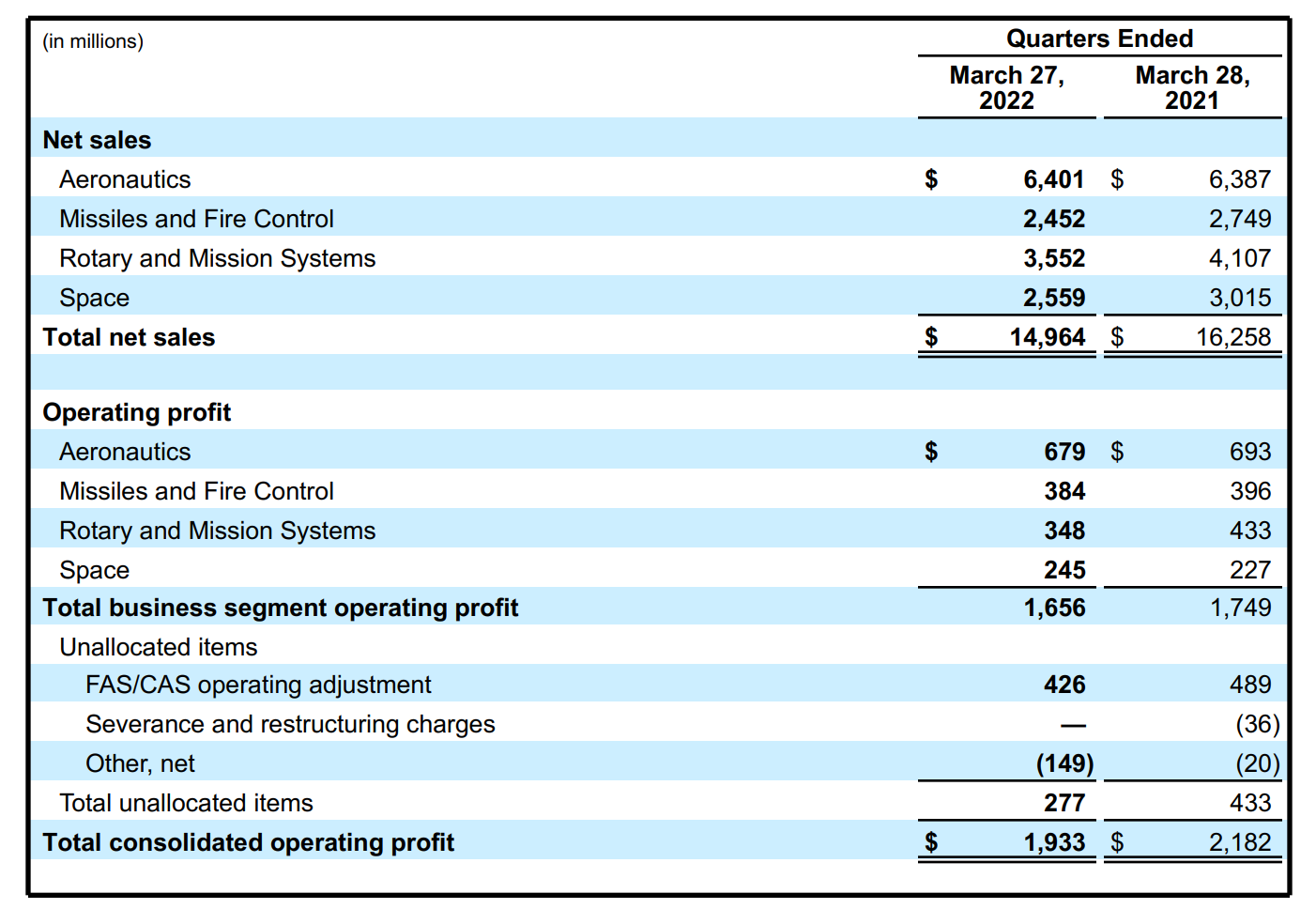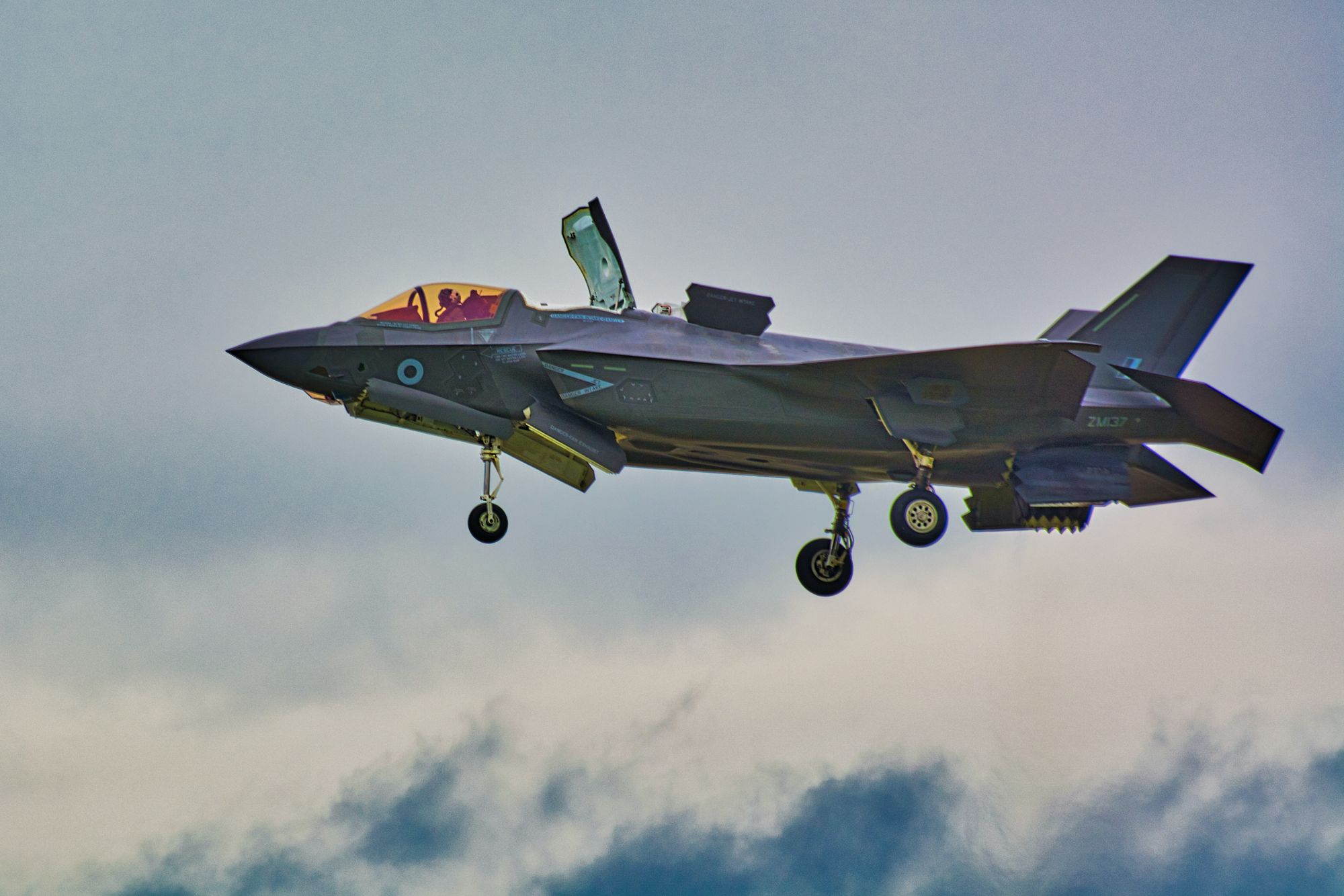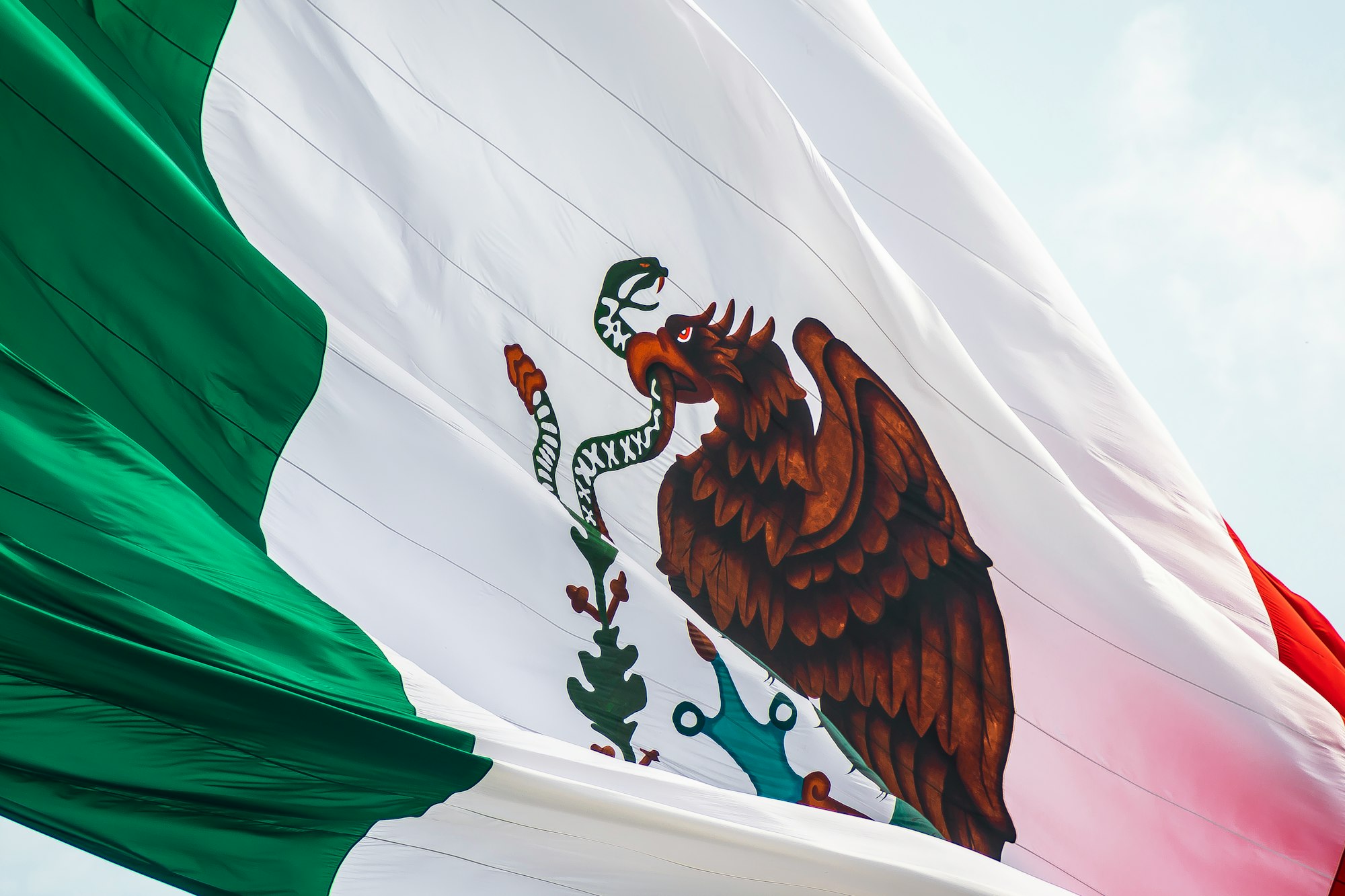Lockheed Martin is a multinational aerospace, defence, information security, and technology company based in the United States. It was founded in 1995 through the combination of Lockheed and Martin Marietta. Its headquarters are in North Bethesda, Maryland. As of January 2022, Lockheed Martin employs around 115,000 people worldwide, including 60,000 engineers and scientists.
- Besides its defence contracts, Lockheed Martin also works for the US Department of Energy and the National Aeronautics and Space Administration
- It operates in four business segments: Aeronautics, Missiles and Fire Control, Rotary and Mission Systems, and Space
- In 2021, 71% of its $ 67.0B in net sales were from the U.S. Government, either as a prime contractor or as a subcontractor (including 62% from the Department of Defence), 28% were from international customers (including foreign military sales contracted through the U.S. Government) and 1% were from U.S. commercial customers

F-35s ARE DRIVING AERONAUTICS
Lockheed Martin's aeronautics segment is engaged in the research, design, development and manufacture of military aircraft, including combat and air mobility aircraft and unmanned air vehicles. While the company also has contracts with the U.S. Government for classified programs, its current major programs include:
- F-35 Lightning II Joint Strike Fighter, an international multi-role, multi-variant, fifth generation stealth fighter. Production of the aircraft is expected to continue for many years given the U.S. Government’s current inventory objective of 2,456 aircraft for the U.S. Air Force, U.S. Marine Corps and U.S. Navy. But also commitments from seven international partner countries and six international customers. In 2021, it delivered 142 aircraft, including 68 to international customers, resulting in total deliveries of 753 production aircraft since program inception
- Produces and provides support and sustainment services for the C-130J Super Hercules, an international tactical airlifter, as well as upgrades and support services for the legacy C-130 Hercules worldwide fleet. It delivered 22 C-130J aircraft in 2021 and has 79 aircraft in its backlog as of December 31, 2021
- It produces the F-16 Fighting Falcon, a low-cost, combat-proven, international multi-role fighter aircraft for international customers and continues to provide service-life extension and modernisation programs. The company has 128 F-16 aircraft in backlog and continues to seek international opportunities to deliver additional aircraft
- F-22 Raptor, an air dominance and multi-role fifth generation stealth fighter
The F-35 program is Lockheed Martin's largest program, generating 27% of its total consolidated net sales, as well as 68% of Aeronautics’ net sales in 2021. Current development is focused on modernisation of F-35’s capability and addressing emerging threats.
MISSILES AND FIRE CONTROL
The Missiles and Fire Control (MFC) segment provides air and missile defence systems, tactical missiles and air-to-ground precision strike weapon systems, logistics, fire control systems, mission operations support, engineering support and integration services, manned and unmanned ground vehicles. MFC also has contracts with the U.S. Government for various classified programs. Its major programs include:
- The Patriot Advanced Capability-3 (PAC-3) and Terminal High Altitude Area Defence (THAAD) air and missile defence programs
- The Multiple Launch Rocket System (MLRS), Hellfire, and Joint Air-to-Surface Standoff Missile (JASSM) tactical missile programs
- The Apache, Sniper Advanced Targeting Pod and Infrared Search and Track fire control systems programs
- The Special Operations Forces Global Logistics Support Services (SOF GLSS) program, which provides logistics support services to the special operations forces of the U.S. military
- Hypersonics programs, which include several programs with the U.S. Air Force and U.S. Army to design, develop and build hypersonic strike weapons
In 2021, the Missiles and Fires Control business segment generated net sales of $ 11.7B, which represented 17% of the business' total consolidated net sales. MFC’s customers include the military services, principally the U.S. Army, and various government agencies of the U.S. and other countries, as well as commercial customers. In 2021, U.S. Government customers accounted for 71% and international customers accounted for 29% of MFC’s net sales.
ROTARY AND MISSION SYSTEMS DESIGNS
Rotary and Mission Systems (RMS) designs, manufactures, services and supports various military and commercial helicopters, surface ships, sea and land-based missile defence systems, radar systems, sea and air-based mission and combat systems, command and control mission solutions, cyber solutions, and simulation and training solutions.
- In 2021, the RMS business segment generated net sales of $ 16.8B, which represented 25% of its total consolidated net sales
- RMS’ customers include the military services, principally the U.S. Navy and Army, and various government agencies of the U.S. and other countries, as well as commercial customers
- In 2021, U.S. Government customers accounted for 70%, international customers accounted for 28% and U.S. commercial customers accounted for 2% of RMS’ net sales
- Net sales from RMS’ Sikorsky helicopter programs represented 10% of Lockheed Martin's consolidated net sales in 2021, and 9% in 2020 and 2019
SPACE AND NASA
In 2021, the Space business segment generated net sales of $ 11.8B, which represented 18% of its total consolidated net sales. Space’s customers include the U.S. Air Force, U.S. Space Force, U.S. Navy, National Aeronautics and Space Administration (NASA), Missile Defence Agency (MDA) and various government agencies of the U.S. and other countries along with commercial customers.
- In 2021, U.S. Government customers accounted for 92% and international customers 5 accounted for 8% of Space’s net sales
- Net sales from Space’s satellite products and services represented 10% of its total consolidated net sales in 2021 and 11% in 2020 and 2019
THE MARKET
Market growth is supported by the growing demand for defence systems across the world in the wake of renewed east-west tensions. The air defence market alone is set to grow by 5% a year until 2030 and reach $ 55B.
According to Acumen Research And Consulting, the global air defence system market is expected to increase at a CAGR of over 5.1%, with a market potential of around $ 55.5B by 2030.
- In future years, the air defence system market is likely to be driven by rising military spending on advanced technology
- The development of efficient and contemporary missiles, the changing nature of military operations, and geopolitical disturbances are also set to drive the market
According to Allied Market Research, the global military transport aircraft market reached $ 28.3B in 2020 and is expected to reach $ 45.4B by 2030, with a CAGR of 4.8% from 2021 to 2030.
- The global military transport aircraft market is growing due to increased demand for rotorcraft airplanes and rapid technical improvements in air transportation services
- However, the existing aircraft fleet's expensive maintenance and elevated upgrade costs limit the market to some extent
According to Bank Of America, the space market could triple and reach $ 1.4T by 2030 as commercial space exploration takes off. For comparison, the industry was worth around $ 429B in 2019.
- Non-military demand is set to boost the market as private space exploration companies are now able to send customers into suborbital space trips
EXPERIENCED MANAGEMENT
Lockheed Martin is lead by James Taiclet a U.S. Air Force veteran who logged more than 5,000 flying hours. Before joining Lockheed Martin he worked at Honeywell and Pratt & Whitney.
- James Taiclet is chairman, president and chief executive officer of Lockheed Martin. He became chairman in March 2021 after joining the company as president and CEO in June 2020
- Taiclet has been a director on the Lockheed Martin board since January 2018. Prior to joining Lockheed Martin, Taiclet was chairman, president and chief executive officer of American Tower Corporation, one of the largest real estate investment trusts (REITs). Under his leadership, the company’s market capitalisation grew from approximately $ 2B to over $ 100B. Before he led American Tower, Taiclet served as president of AlliedSignal (subsequently Honeywell Aerospace Services), a company that conducts worldwide aircraft engine and component overhaul and repair, parts sales and distribution, space operations, and technical services. Preceding his tenure at AlliedSignal, he served as vice president, Engine Services at Pratt & Whitney, where he was responsible for leading both military and commercial jet engine overhaul and repair
- Taiclet earned a bachelor’s degrees in engineering and international relations. He also holds a master’s degree from Princeton University, where he was awarded a fellowship at the Princeton School of Public and International Affairs
- Jesus Malave is the chief financial officer (CFO) for Lockheed Martin
- Prior to joining Lockheed Martin, Malave served as senior vice president and CFO for L3Harris Technologies. In this role, he was responsible for oversight of all internal and external financial reporting, and the development of the corporation’s strategic plan and the evaluation, execution and integration of mergers and acquisitions
- Malave earned a bachelor’s degree in mathematics from the University of Connecticut, a master’s in accounting from the University of Hartford and a Juris Doctor from the University of Connecticut School of Law
- Frank John serves as chief operating officer for Lockheed Martin
- Most recently, he served as executive vice president of Rotary and Mission Systems, leading a $ 16B enterprise employing 34,000 people across the globe. Under his leadership, the RMS portfolio featured more than 1,000 programs, including helicopters, integrated air and missile defence, littoral warfare, undersea warfare, radar, electronic warfare, cyber solutions, C4ISR, and training and logistics systems
- He earned a Bachelor of Science and a Master of Science degrees in electrical engineering from the University of Central Florida
TAKE A BREATH
So… This is a lot of information. Let’s summarise:
- Lockheed Martin is a multinational aerospace, defence, information security, and technology company based in the United States. It was founded in 1995 through the combination of Lockheed and Martin Marietta. Its headquarters are in North Bethesda, Maryland
- As of January 2022, Lockheed Martin employs around 115,000 people worldwide, including 60,000 engineers and scientists
- The F-35 program is Lockheed Martin's largest program, generating 27% of its total consolidated net sales, as well as 68% of Aeronautics’ net sales in 2021. Current development is focused on modernisation of F-35’s capability and addressing emerging threats
- The Missiles and Fire Control (MFC) segment provides air and missile defence systems, tactical missiles and air-to-ground precision strike weapon systems, logistics, fire control systems, mission operations support, engineering support and integration services, manned and unmanned ground vehicles
- Lockheed Martin is lead by James Taiclet a U.S. Air Force veteran who logged more than 5,000 flying hours. Before joining Lockheed Martin he worked at Honeywell and Pratt & Whitney
FINANCIAL CHECK
For the first quarter of 2022 Lockheed Martin reported net sales of $ 15.0B, compared to $ 16.3B in the first quarter of 2021. Net earnings in the first quarter of 2022 were $ 1.7B, or $ 6.44 per share, compared to $ 1.8B, or $ 6.56 per share, in the first quarter of 2021.
- Cash from operations was $ 1.4B in the first quarter of 2022, compared to $ 1.7B in the first quarter of 2021
- Free cash flow was $ 1.1B in the first quarter of 2022, compared to $ 1.5B in the first quarter of 2021

“Global events this quarter marked a dramatic change in the geopolitical environment and demonstrated the tremendous importance of an effective deterrent to aggression by major nation-states, and mutual defense among the United States and its allies. The men and women of Lockheed Martin are fully dedicated to enhancing this deterrence capability by effectively delivering on our existing platform programs and systems, while accelerating the integration of digital world technologies to enable true Joint All Domain Operations for our customers.” Lockheed Martin Chairman, President and CEO James Taiclet
THE BOTTOM LINE
The Good
- Demand for military equipment and advanced defence systems is increasing as the war in Ukraine is driving European nations to rearm themselves
- As such, more nations also look to become more dependent from U.S. arms exports, which grants them relatively more security in the event of a war
- The company is highly profitable and manages to transform a large share of its earnings into free cash flow
The Bad
- Sales and earnings have been growing at a somewhat slower pace in most recent years
Disclaimer
Please note that this article does not constitute investment advice in any form. This article is not a research report and is not intended to serve as the basis for any investment decision. All investments involve risk and the past performance of a security or financial product does not guarantee future returns. Investors have to conduct their own research before conducting any transaction. There is always the risk of losing parts or all of your money when you invest in securities or other financial products.
Credits
Photo by Lawrence Hookham on Unsplash.






